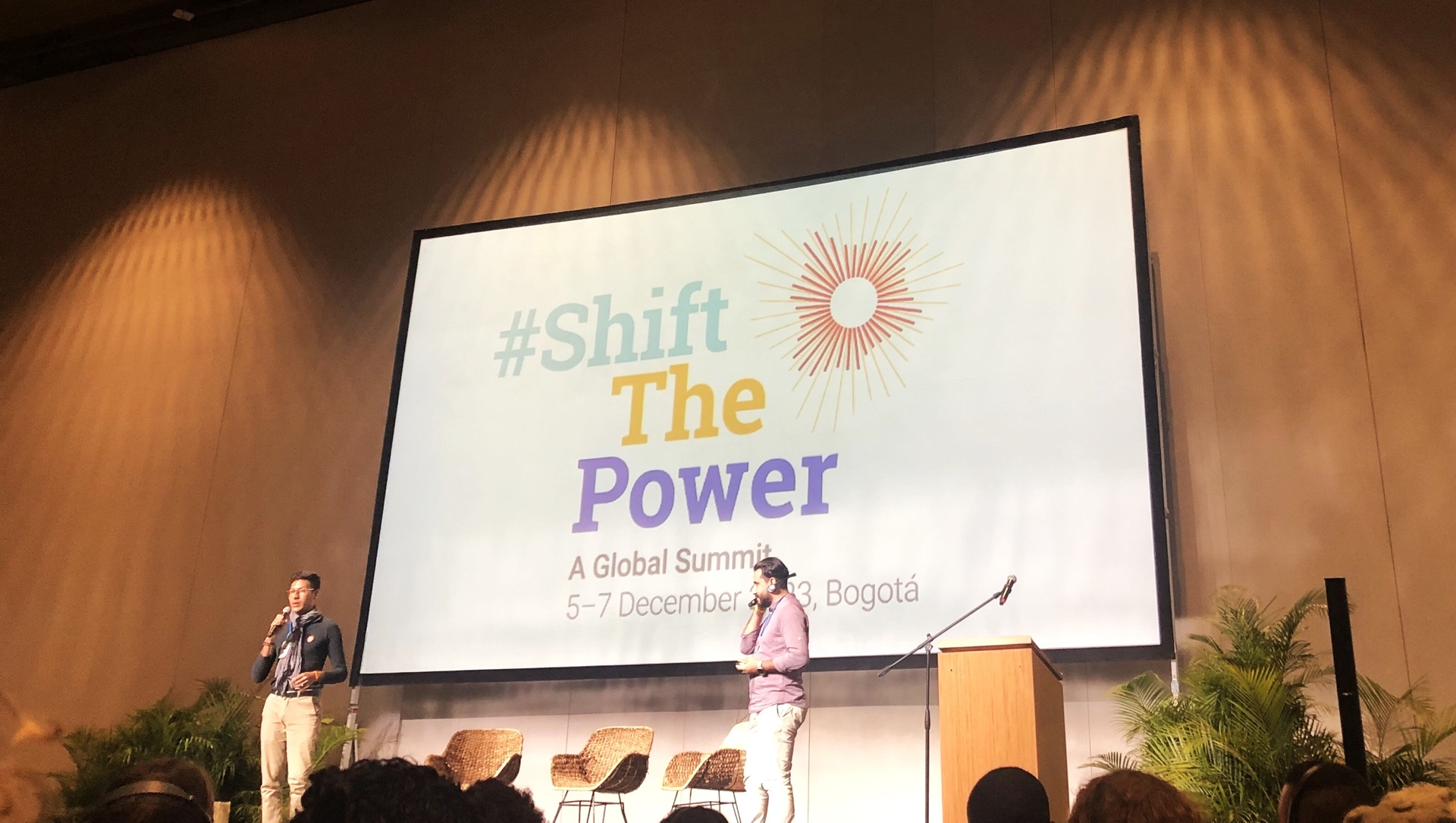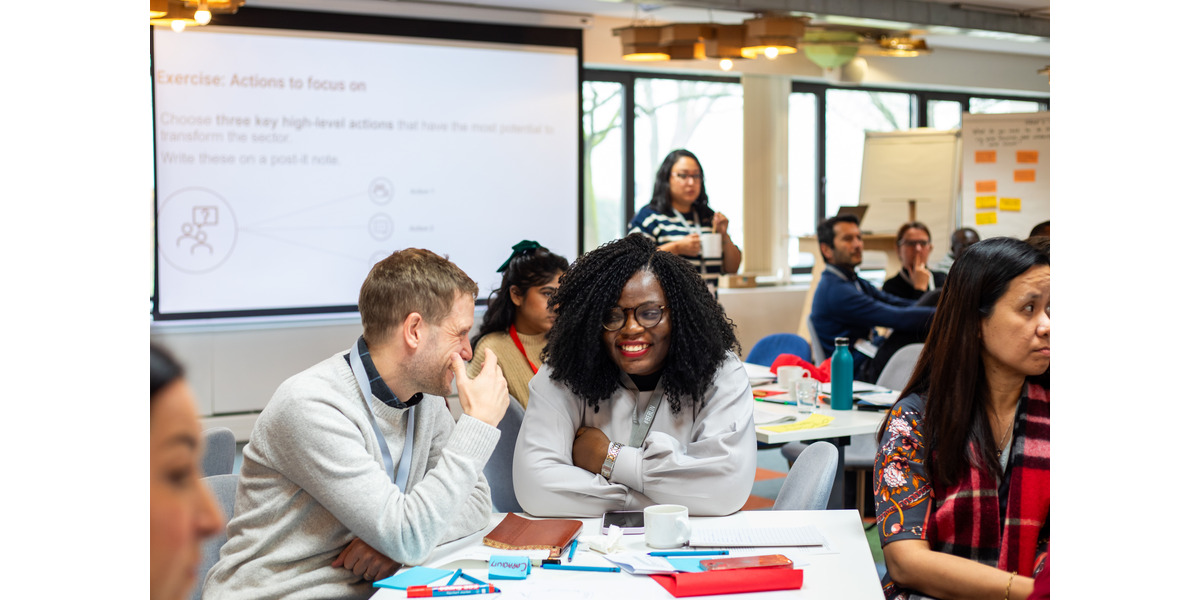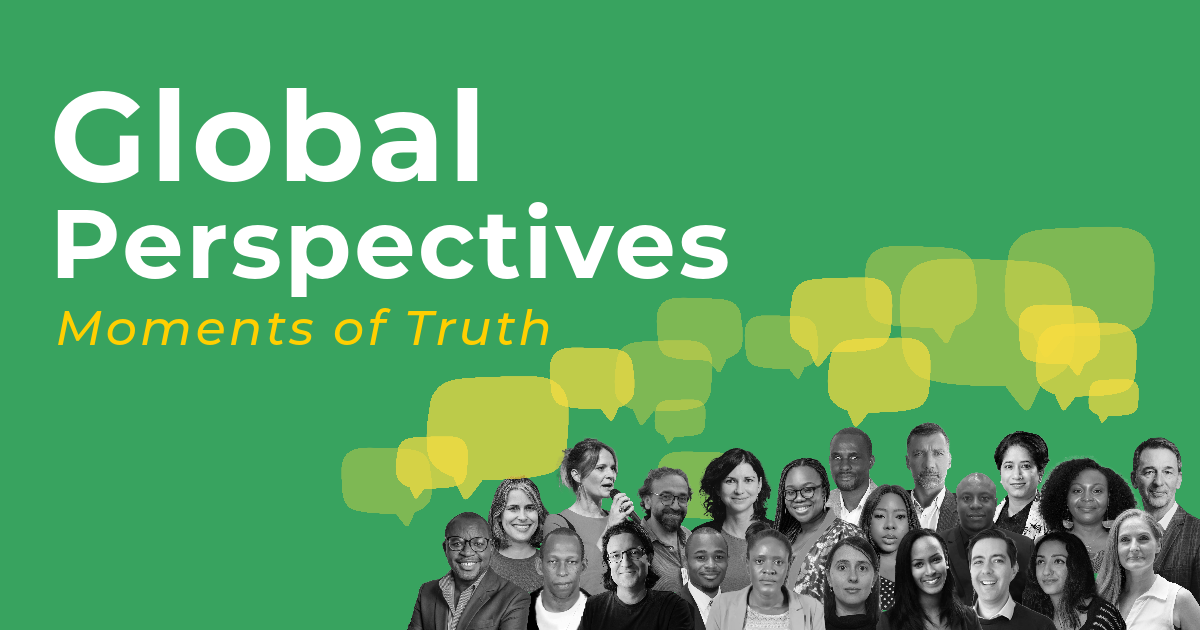Habitat for Humanity International’s Global Urban Approach 2018-30 is one of the innovation case studies and accompanying podcast interviews in the Centre’s ‘Civil Society Innovation and Urban Inclusion’ report 2020. Explore the full report here.
One of the ‘golden threads’ of inclusion and impact throughout the report is the need for effective multi-sector collaborations for change in complex urban challenges. This has become even clearer in response to the COVID-19 pandemic in cities, as two colleagues from Habitat share in this guest blog.
—
COVID-19 and sheltering in place
The current global pandemic represents both a health and an economic crisis. The availability of adequate and affordable housing is at the center of people being able to shelter in place for extended periods of time. COVID-19 has had far-reaching effects on urban communities across the world, with higher concentrations of people in cities increasing exposure rates. People living in informal settlements and refugee camps have been more vulnerable to contracting COVID-19 due to their poor housing and living conditions, limited access to water and sanitation, loss of livelihoods and overcrowding. Social distancing and sheltering in place is difficult, if not impossible.
It is more apparent than ever just how essential it is for families to have safe, affordable, and adequate housing to reduce their vulnerability to COVID-19 and a plethora of other health- and disaster-related risks.
Community collaboration during COVID-19
While the COVID-19 pandemic has exposed many of the vulnerabilities and inequalities in the housing ecosystem, it has also reiterated the strengths of many urban communities and the importance of taking a people-centered development approach. Local communities have exemplified what coming together really means and that through collaboration, communities prosper, especially when supported by the public and private sectors in robust multi-sector collaborations.
In the wake of the COVID-19 pandemic, community-level action has become more necessary than ever to address the schism between communities in cities whose needs are and are not being met or represented. Individuals have helped one another maintain economic activity, kept vulnerable community members safe, and fostered a sense of community, even when many of us are physically separated. This can only be accomplished by multiple entities within a community coming together to help each other during this difficult time.
This resilience and strength in our communities comes from collaboration, from being part of a team that sees the bigger picture. It comes from establishing important relationships that serve the most vulnerable in a population. People, Public, Private Partnerships (P4) are necessary alliances to ensure that the development needs of the most poor and marginalized are addressed and met in these complex contexts.
What makes a community?
The answer might seem obvious, but we cannot point to one individual unit that makes a community. Is it the citizens? Businesses? Public servants? Community organizations? Buildings? All of the above – none alone make for a community, yet none survive without all the others. The nature of a community is this system of interlinked elements that interact with each other and the environment, constantly changing in time and space. Even the smallest changes to one part of this system can affect the whole, and community members understand this better than anyone.
There is never a problem nor solution that affects only one piece of a system. For instance, inadequate housing can affect education, sanitation and livelihoods among other things. These complex problems require complex solutions, which acknowledge that interlinkages exist beyond the apparent and that one entity alone cannot tackle them. Complex solutions come from collaborations. Innovative, affordable housing solutions in any context require evidence-based community-, market- and policy-level solutions that stem from a deeper analysis of the entire housing ecosystem.
Why are multi-sector collaborations so important?
Collaborations allow multiple organizations to partner together to tackle a specific problem and contribute towards transformational change, especially the multi-faceted and complex problems often affecting urban populations. These mutually beneficial and well-defined relationships entered between government, non-profits, private organizations, community organizations or groups and individual community members solve problems or explore new opportunities, with no clear single answer. They acknowledge that the issues facing communities around the world require collaborative solutions at community, policy, and market levels.
Habitat for Humanity’s multi-sector collaborations during COVID-19
Various Habitat for Humanity national offices have engaged in multi-sector collaborations to tackle the nuanced and complex issues COVID-19 presents. Our Indonesia office ensured essential medical personnel had a safe and comfortable place to stay when they were unable to return home out of fear of bringing the virus with them, rejection from neighbors, and working on ‘standby’ status. But there were also not enough places for hospital workers to stay on site. Our team partnered with Jakarta area hospitals and hotels to ensure adequate accommodation for essential medical workers, reducing the risk of further spreading the virus and allowing these key staff to better perform their jobs.
Habitat for Humanity Paraguay is also working with our network of government and NGO partners to distribute COVID-19 sensitization materials and develop handwashing stations. Communities are being empowered through education and access to resources to stay healthy throughout the pandemic.
Why do multi-sector collaborations work?
Organizations are better able to create meaningful change with more resources, bandwidth, and new ideas. Multi-sector collaborations create an environment where this is possible. Working with these multiple actors means a variety of resources and perspectives bring creative solutions to complex problems. The strategic and creative approaches fostered by multi-sector collaboration allow for holistic solutions that do not tackle only one single component of a complex system.
We cannot separate the structural issues inherent to urban settings from the political, social, environmental, and economic systems in which they exist. These problems require expertise and solutions that are cross-disciplinary, multi-faceted and that put the value of the community first. A community’s strength lies in its ability to collaborate with actors both within and outside of it, and draw on its own strengths and resources. Community members and organizations are key stakeholders in any successful multi-sector collaboration to create long-term sustainable solutions.
Our communities are microcosms of multi-sector collaborations, with everyone pooling together their knowledge and resources to ensure that the whole community can thrive. We’ve seen how successful they can be, so why are we waiting to enact them on a global scale?
In conclusion, we need to do things together.
Months of isolation with the pandemic have made it very clear that we, as individual citizens, need one another. We need this same outlook when thinking about our goal of solving complex urban issues. We need each other – the community, private industry, governments, non-profits, and private citizens – and cannot do it alone.
—











